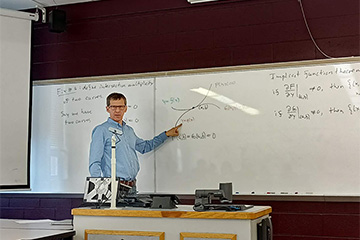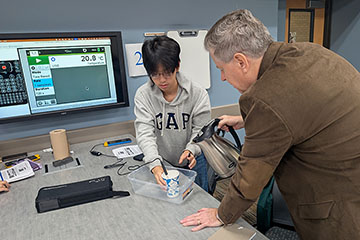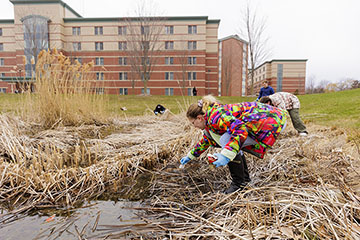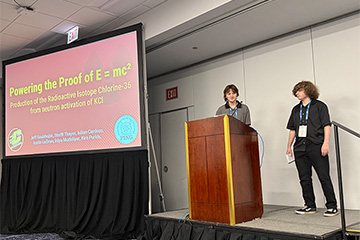CMU nuclear scientists travel to Finland to research methods of generating radioactive isotopes
Recent advancements in scientific endeavors have turned the once fantastical aspirations of alchemy into tangible realities. Through meticulous techniques, nuclear scientists have achieved the transmutation of elements, a process both remarkable and complex. This transformative ability is now integrated into various practical and scientific applications.
As an example, on a practical front, this mastery allows for the conversion of oxygen atoms into radioactive forms of fluorine, facilitating advanced cancer diagnostics via medical imaging. Conversely, from a purely scientific standpoint, these techniques offer insights into the creation of atomic nuclei not naturally occurring on Earth, illuminating the fundamental properties of nuclear forces and their impact on natural processes.
Illustrating this scientific pursuit, a team of physicists from CMU embarked on a journey to a particle accelerator laboratory in Finland. Their mission? To develop methodologies for generating radioactive isotopes of chlorine and phosphorus, integral to nuclear reaction chains theorized to heat the crust of neutron stars in binary star systems, as suggested by astrophysical models.
The process begins with subjecting original atoms to a particle accelerator, imparting sufficient energy to induce collisions with target atoms. These collisions trigger reactions that alter the composition of the atoms' cores, producing isotopes of different chemical elements. Often, these resulting isotopes are unstable, undergoing radioactive decay to attain stability. Thus, experimentation with such isotopes necessitates their artificial production within specialized laboratory settings.
Given the specialized equipment required, nuclear physicists often embark on expeditions to remote laboratories housing the necessary experimental tools. Notably, the JYFL Accelerator Laboratory at the University of Jyvaskyla, Finland, has pioneered the IGISOL technique for generating beams of radioactive isotopes, positioning itself as a leading European hub for unstable isotope research.
Under the leadership of CMU's Prof. Alfredo Estrade and Dr. Olga Beliuskina, a postdoctoral researcher from the University of Jyvaskyla, an experiment was conducted to explore the application of this technique to a novel type of nuclear reaction. This involved the exchange of neutrons and protons between atoms in a lead foil and an argon beam bombarding it, with the aim of isolating short-lived chlorine and phosphorus isotopes for mass measurement.
Accompanying the researchers were two CMU graduate students, Justin Placido and Irin Sultana, who contributed to experiment preparation and execution during the four-day beamtime. Sultana’s trip was part of a researcher exchange program funded by a grant from the National Science Foundation. The other CMU participants were funded by a Department of Energy Grant.
While preliminary results suggest the presence of radioactive isotopes in the beam, conclusive findings and the subsequent phase of the project await months of data analysis.




